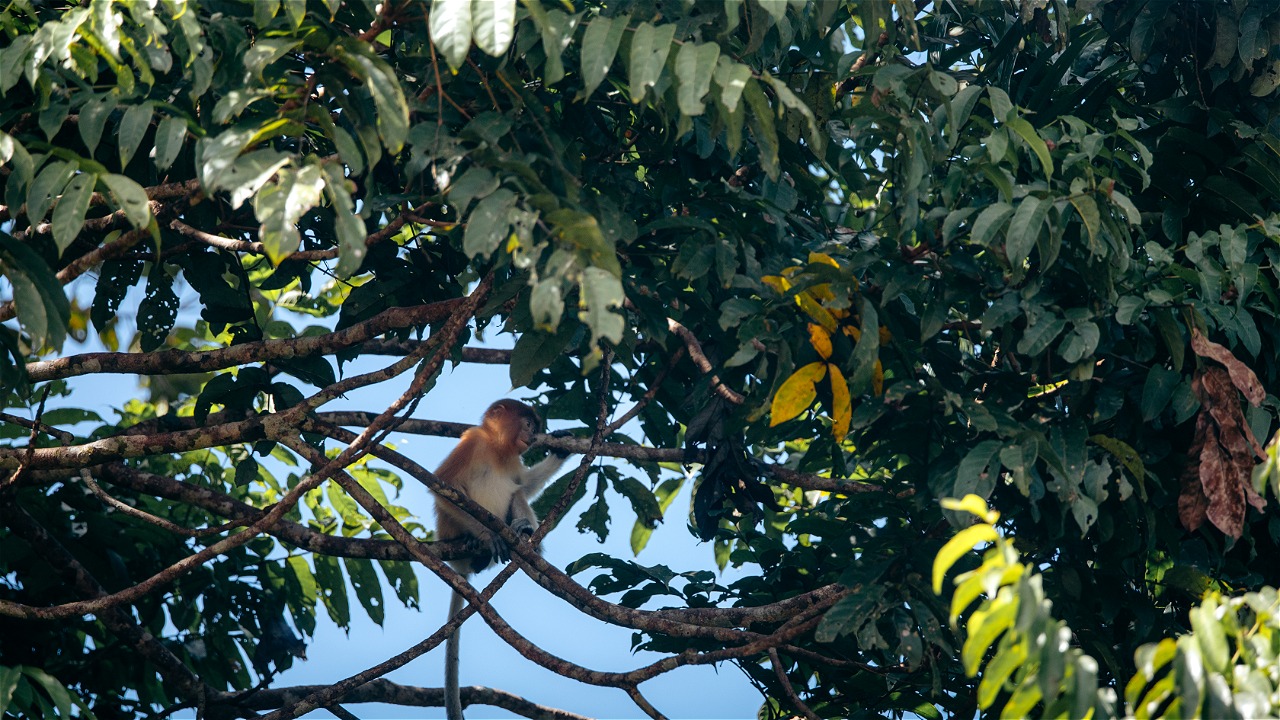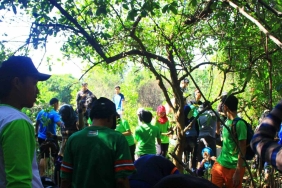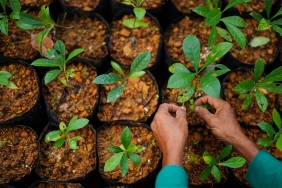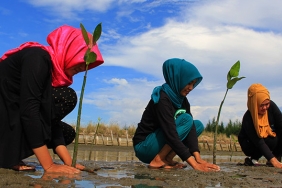MAINTAIN THE BALANCE OF THE KUBU LANDSCAPE ECOSYSTEM
PONTIANAK - The Kubu landscape is one of the most important areas in West Kalimantan as a habitat for protected species. Marine mammals, proboscis monkeys and storm storks are among the protected species that call the Kubu landscape home.
Based on the results of biodiversity data collection conducted by WWF-Indonesia since 2011, more than 112 bird species have been identified in this landscape. In addition, there are also mammals, herpets, and various types of fish.
Species Officer Landscape Kubu WWF-Indonesia West Kalimantan Program Dewi Puspitasari said Kubu Landscape is dominated by rivers and coastal areas. "With the good condition of the mangrove forest, it has automatically created a unique living space. Especially for animals that need space, including animal species that are only able to adapt to swamp forests," she said in Pontianak on Tuesday (04/25/2016).
However, along with land use in this landscape, land clearing and other activities pose a threat to their existence and survival. For example, the utilization of mangroves and other types of trees in mangrove areas.
"Indeed, these activities must be carried out wisely by not ignoring local wisdom in maintaining the mangrove ecosystem as a breeding ground for marine life, and a bulwark against abrasion," said Dewi.
If there is a utilization of mangroves that ignores the concept of sustainability, it will certainly follow other activities such as indiscriminate logging, which is certain to cause abrasion.
Poaching of animals will also affect the break in the food chain, causing overpopulation of other species. The derivative impact is to threaten agriculture at the local level. The expansion of agricultural land must also prioritize the principle of environmentally friendly land use. For example, do not burn land and do not use pesticides that have an impact on the extermination of certain species.
Jejak Pesisir Nusantara (JPN), an organization that is also committed to the environmentally friendly and sustainable management of coastal natural resources, often provides community assistance in this landscape.
"We always invite the community to prioritize increasing income by developing alternative economies rather than carrying out unsustainable activities," said Yuan, Chairman of JPN who is currently a partner of WWF Indonesia in Kubu Landscape.
According to him, the assistance that has been running is the development of Kelulut Honey and Mangrove Honey. In addition, there is also training on environmentally friendly fishing gear and training on processed fishery products, assistance in preparing Perdes for marine protection areas in seven villages. And, conducting mangrove nurseries and planting with the community and school children as an effort to maintain the mangrove area to prevent abrasion.
Mangroves in this landscape are also a stopover for migratory birds from the north (northern Asia and Siberia), before they continue their migration destinations to the south (Australia and New Zealand), as well as the return flow from south to north. This phenomenon occurs once every year between August and April.
This reinforces the importance of the Kubu landscape, not only as a living space for local animals, but also as a life support for migratory species. Abdurahman Al Qadrie from Kawan Burung Ketapang (KBK) said the presence of migratory birds is very important for this landscape. So are resident local species.
"Many of these birds are very beneficial for agriculture, especially raptors that are predators of agricultural pests. If there is hunting and capture that causes the extinction of certain species locally, it will affect agricultural productivity," he explained.





